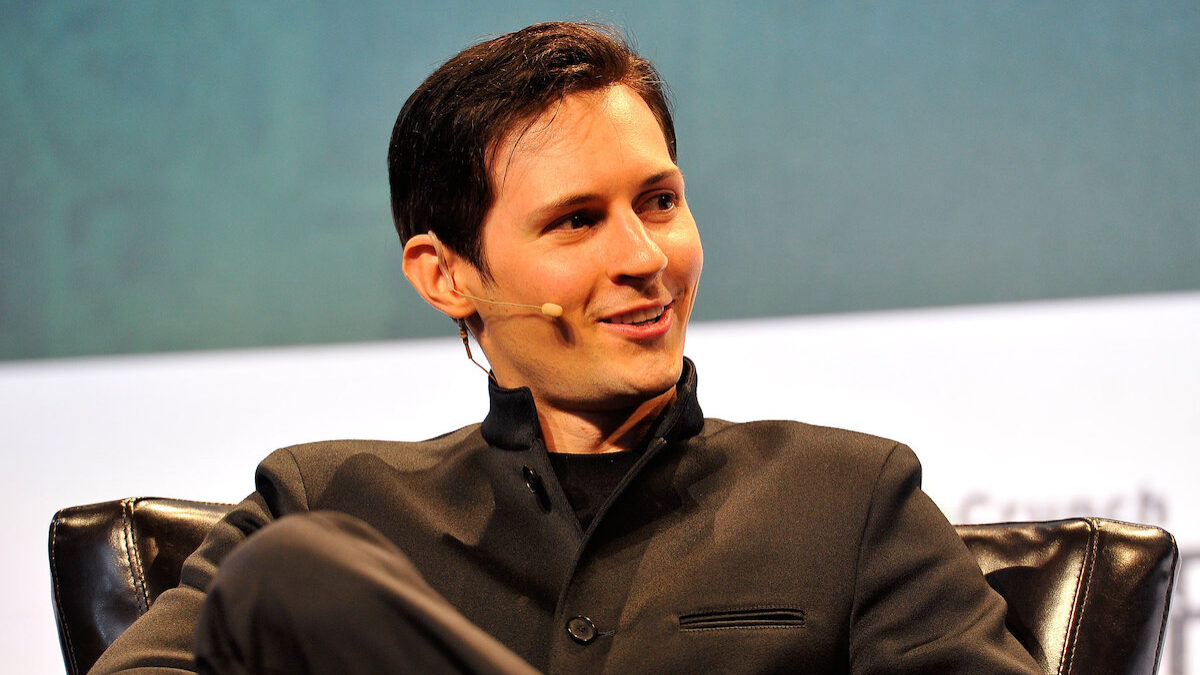
For years, the conventional wisdom has been that younger people are more tolerant and progressive regarding LGBTQ people and issues. A new study from GLAAD, a group dedicated to LGBTQ advocacy, suggests the current emphasis on transgenderism and gender-fluidity may be turning off younger Americans.
Last week, GLAAD, in conjunction with the Harris poll, released its fifth annual Accelerating Acceptance Index. The index is a survey measuring how comfortable or uncomfortable Americans are with various LGBTQ-related situations. The first three indexes reported increases in Americans who felt comfortable with LGBTQ issues and people. However, last year’s index indicated a sharp drop in comfort across all of the polled situations.
In this year’s index, polling 1,800 adults, the percentage of non-LGBTQ adults reporting being “very” or “somewhat” comfortable stabilized across the seven scenarios tested. But in four of the seven situations polled, the 18- to 34-year-old bracket reported feeling substantially more uncomfortable.
The percentage of non-LGBTQ young people uncomfortable with learning a family member was LGBTQ has increased from 24 percent in 2016 to 36 percent today. While 25 percent were uncomfortable with their child being placed in a class with an LGBT teacher in 2016, 33 percent say they are uncomfortable now.
The percentage of those uncomfortable with an LGBTQ doctor rose from 24 percent to 34 percent since 2016. The share uncomfortable upon learning their child had a lesson on LGBTQ history in their school increased from 27 percent to 39 percent over the same period. The Daily Beast, breaking down the statistics, found:
Forty-three percent of males ages 18-34 reported that they were uncomfortable learning a family member was LGBTQ (up from 32 percent in 2018) and 42 percent of males ages 18-34 reported that they were uncomfortable learning their child’s teacher is LGBTQ (up from 37 percent in 2018).
Forty percent of females ages 18-34 reported that they were uncomfortable learning their child had a lesson on LGBTQ history in school, an increase of 13 percentage points from the previous year’s findings.
Accordingly, GLAAD conducted focus groups to attempt to understand the decline in acceptance among young people. CEO Sarah Kate Ellis told the Daily Beast the poll results can be explained by the “culture of hate and discrimination” fostered by the Trump administration. Ellis also claimed that “newness takes a while to turn into acceptance.” Neither explanation is particularly compelling.
It seems unlikely that President Trump has much to do with the downward trend of the index. Trump has been a constant through the period of decline. He has not been particularly popular with younger voters. Moreover, the Trump administration has taken a tougher line on transgender issues than gay and lesbian issues.
Nor does “newness” in the broadest sense seem convincing. The executive summary for this year’s index claims, “The younger generation has traditionally been thought of as a beacon of progressive values.” This claim seems overhyped, given that Gen Z’s sexual behavior is more conservative than the media narrative suggests. Even so, one would think the “newness” would be more alienating to older Americans. Also, “newness” should diminish as a factor over time, not increase.
Ellis framed the “newness” rationale in a different, perhaps more revealing way to Time magazine: “Kids [today] are dealing directly with this generation of people that define sexual orientation and gender identity so broadly They’re finding this newness a little bit confusing.” What Ellis seems to suggest—as quietly as possible—is that “newness” is code for the explosion of transgender and gender-fluid issues in the culture, as reflected in the establishment media:
Some of you requested it, so here it is pic.twitter.com/pVC4FO66kZ
— Zach Goldberg (@ZachG932) May 31, 2019
Perhaps young people find the Great Awokening confusing. After all, younger people are having their own sexual awakenings and struggles, regardless of whether LGBTQ issues are involved.
However, there may be more than confusion at work. As the study’s executive summary notes, the uptick in discomfort comes “[w]hile young people are identifying as LGBTQ in higher rates than ever before.” GLAAD seemingly has not considered whether the two trends are related.
Young people are the ones with the most exposure to LGBTQ education and events like events like “drag queen story time,” whether as students or young parents. They are the group most likely to confront the issue of genetic boys competing in girls’ sports, and genetic boys wanting access to girls’ locker rooms (the reported controversies seem to disproportionately affect genetic girls). As a corollary, young people may be the most concerned about how dissent from transgender and gender-fluid dogma gets enforced through cancel culture.
This appears to be how Andrew Sullivan explains the trend: “The turn began in the year that the Obama administration — with no public discussion or congressional support — imposed critical gender theory on America’s high schools, determining sex to be whatever a student says it is. The imposition of trans ideology by fiat on the entire country’s young — along with severe public stigma for those with even the slightest questions — was almost textbook left authoritarianism.”
Similarly, Jamie Kirchick observes at The Atlantic, “it is the conflation of transgender issues with the gay rights movement, a recent development and not one undertaken without some controversy among gays and lesbians themselves, which accounts for much if not most of the evidence cited as representing regression on gay rights.”
GLAAD apparently believes their problem with younger Americans can be solved with its youth ambassador program, or by promoting more LGBTQ messaging in videogames and country music. But if GLAAD refuses to consider whether LGBTQ has too many letters, the effort may backfire completely.









